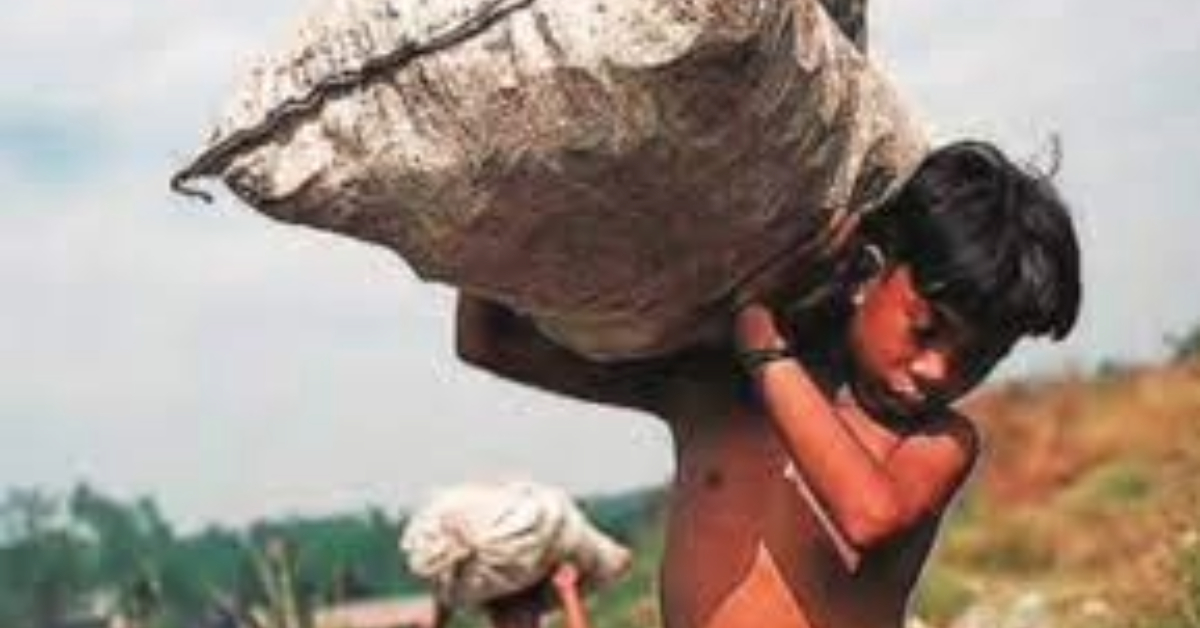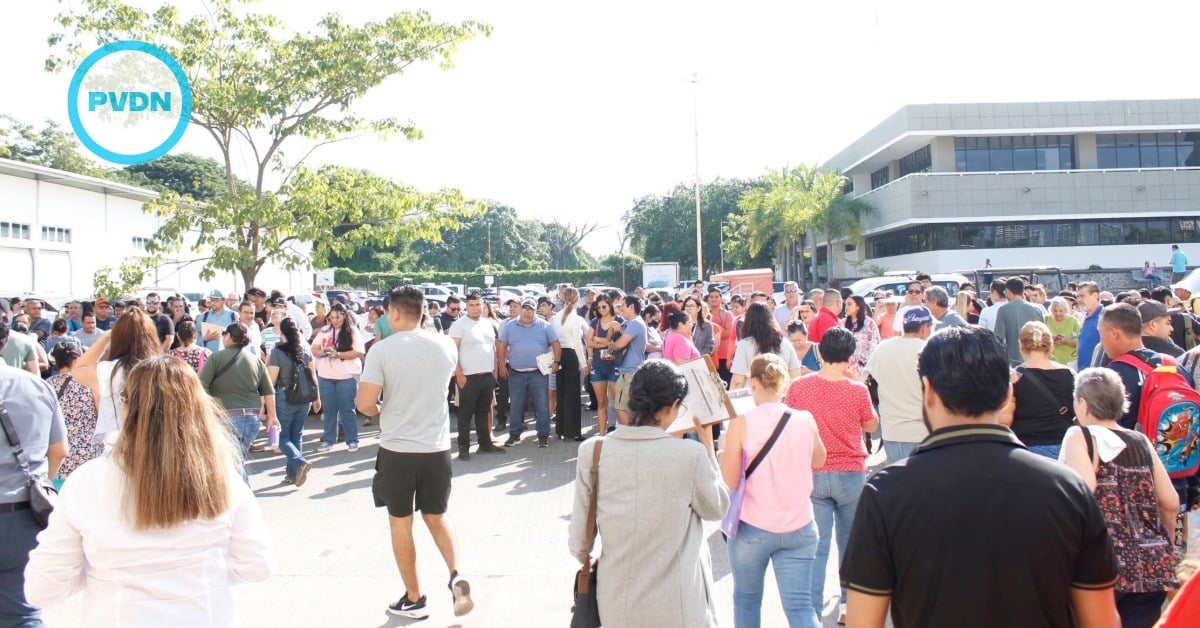PUERTO VALLARTA - Mexico continues to grapple with the grim reality of child labor, with girls, boys, and adolescents being subjected to its most severe forms, such as sexual exploitation and involvement in drug production and trafficking. Despite the efforts to curb this menace,…





